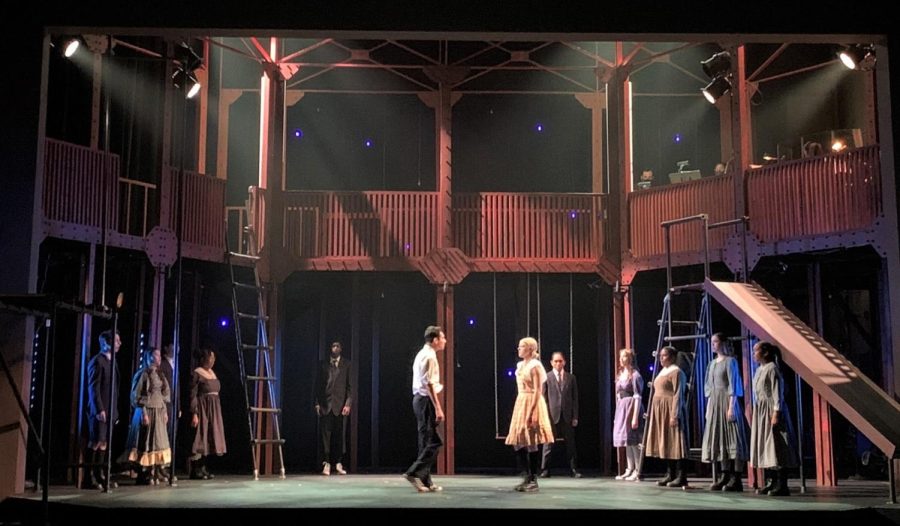With nearly six decades’ worth of work, Woody Allen’s latest addition, “Blue Jasmine” is undeniably another one for the books.
In Allen’s trademark style, viewers ineluctably soak in the characters’ emotions and relate to the mindless, on-screen chaos on a very humane level.
“Blue Jasmine” isn’t a tearjerker by any means, but it grabs you from the get-go and is heartrending; you want to stop watching, but you just can’t.
It draws from the play “A Streetcar Named Desire” while adding its own Manhattan twist.
The film stars the effervescent Cate Blanchett, who played Blanche du Bois onstage in 2009, as Allen’s anti-heroine Jasmine (née Jeanette) French.
Once a Madison Avenue socialite doused in pearls and Chanel, she flees to San Francisco to live with her lower-middle-class sister, Ginger (Sally Hawkins,) after her husband (Alec Baldwin) is indicted in a con and leaves her penniless.
Driven by grandiose delusions, filled with Xanax and Stolichnaya, Jasmine miserably attempts to put her life together—all whilst clenching on to her Hermès for dear life.
Sadistic and cruel, Allen shows no clemency (then again, when has he ever) to his characters and directs them through what one can simply describe as a living hell.
Along with Blanchett, Hawkins, and Baldwin, the cast includes the likes of Andrew Dice Clay, Bobby Cannavale, Louis C.K., and Peter Sarsgaard.
They hail from an interesting mix of backgrounds and many of them play characters outside their traditional roles. Regardless, under Allen’s direction, the everyone blends surprisingly well.
Baldwin, like he often does, portrays a powerful and wealthy figure. Although his character lacks Baldwin’s winning humor and wit, he makes a convincing, manipulative womanizer.
Aside from Baldwin, it’s interesting to watch these characters carefully brought to life. C.K.’s inexperience in Hollywood leaks here and there, but for the most part it’s covered up well by Allen’s directorial guidance.
Cannavale, who plays Ginger’s boyfriend, brings moments of laughter to the film. Visually, Cannavale looks like he stepped out of the Jersey Shore, but unpredictably, he is the sane and stable person in Ginger’s life.
Allen flexes his cinematographic muscles from beginning to end. He turns to tight close-ups of Blanchett and her sporadic flashbacks to Jasmine’s past back in Manhattan. In more scenes than not, the lens is focused on Blanchett’s sad, sullen eyes, sweaty with runny mascara.
Allen also has a knack for pan shots. Although a majority of the film takes place in San Francisco, which is beautifully featured, he walks viewers through smatterings of Manhattan’s less-iconic scenery.
Throughout Allen’s career, he has managed to leave us laughing, crying, loving, hating, and everything in between. Critics might have mixed feelings about the film, but it’s easy to come to the consensus that “Blue Jasmine” is something else.



